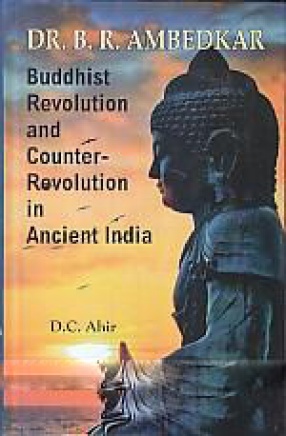
D C Ahir

44 books
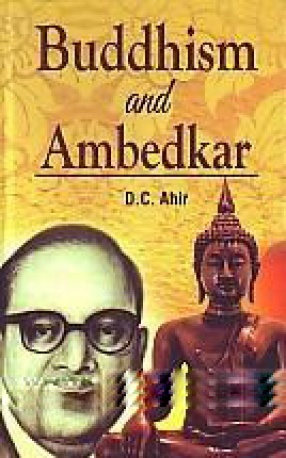
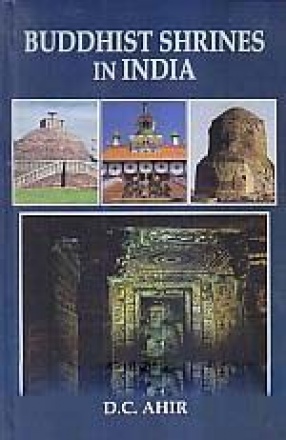
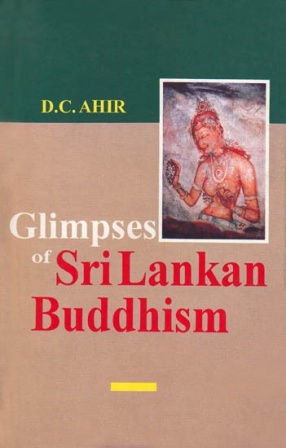
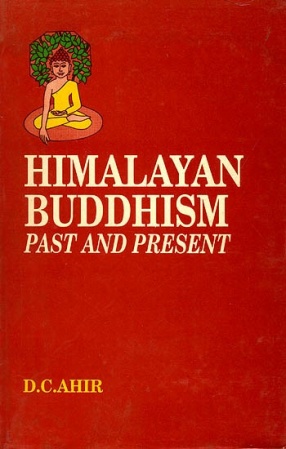
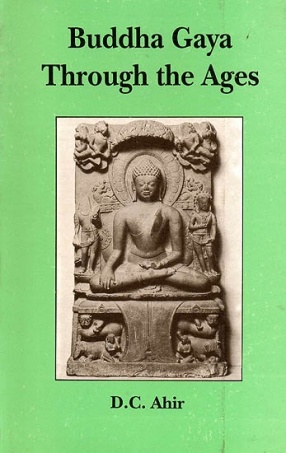
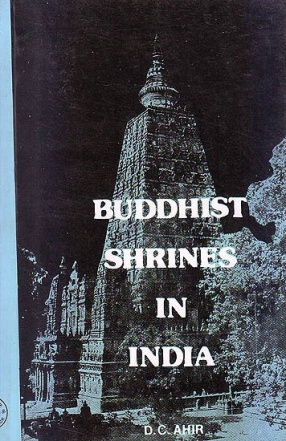
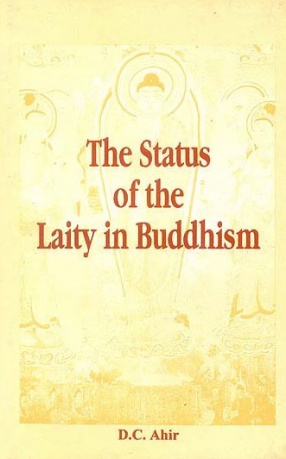
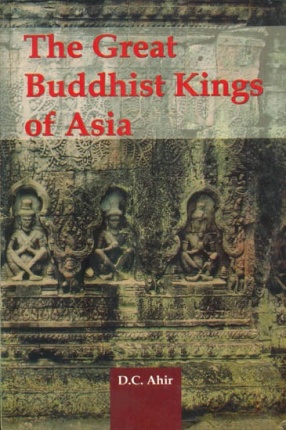
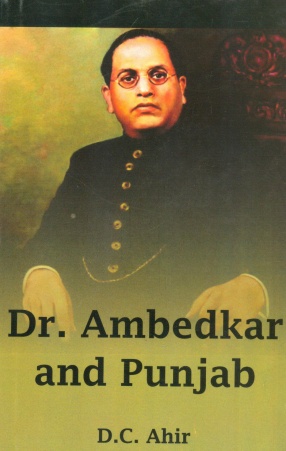
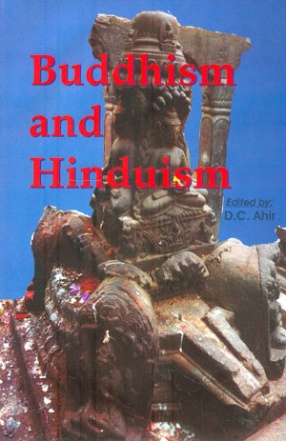

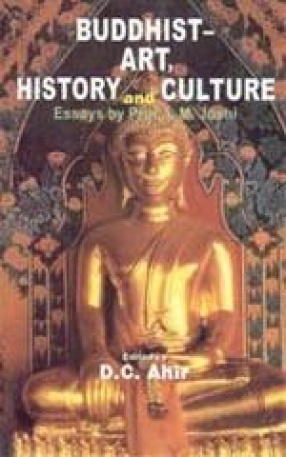
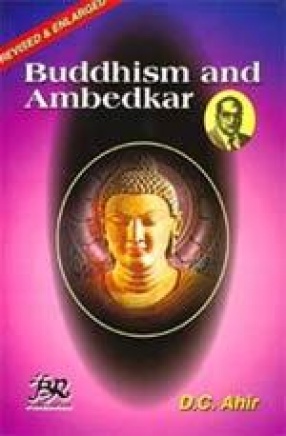



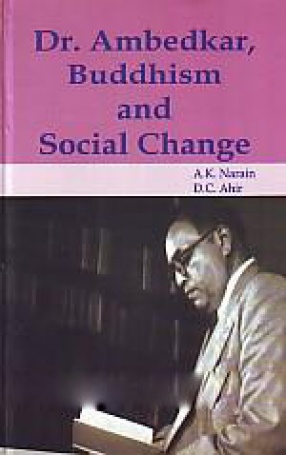

Sri Lanka is the only country where the Original Teachings of the Buddha has been preserved in its pristine purity ever since its introduction there in the third century BC It is also the country where flourished to date the sacred Bodhi Tree, a direct descendent of the original Bodhi Tree at Bodha Gaya in India. The Pall Tipitaka was also committed to writing for the first time in Sri Lanka and the honour of having the sacred Tooth Relic of the Buddha also goes ...

This study is the first of its kind which presents an up-to-date history of Buddhism of the entire Himalayan region of India and its Neighbours. Its first part covers Himalayan India, com prising as many as nine states or parts thereof, from Ladakh in the north-west to Arunachal Pradesh in the north-east. And the second part covers Bhutan, Chittagong Hill Tracts (Bangladesh), Nepal, Tibet, and Tibetans in India. The study highlights the important and essential ...

Buddha Gaya or Bodh Gaya, being the Holy Seat of Gautama Buddha's Enlightenment is the Most Sacred Buddhist Shrine. Hence, it has always been the first choice of the pilgrims. Beginning with the visit of Asoka the Great in 260 BC, the streams of pilgrims flowed towards it from India and abroad, without intermission, for more than 1500 years. Then, with the decline of Buddhism in India, Buddha Gaya too fell on bad days, and the Great Maha Bodhi Temple was lost ...

India is studded with the holiest of the holy Buddhist shrines. But with the downfall of Buddhism in India, many of these sacred spots fell into disuse. They were destroyed and remained ignored and neglected. However, lately, these sacred spots have been restored and developed into religious cum tourist centres, regaining much of their lost glory.
In this multi-dimensional yet comprehensive study of the Buddhist Shrines in India, the author presents the history ...

What is the status of laity in Buddhism? Can a lay-Buddhist attain Nirvana? This question has been a matter of discussion among scholars for long. In this study, the author, after examining all the original sources, shows that lay-life IS no impediment in realizing Nirvana. He asserts that the Buddha preached the same Dhamma to all, and all His disciples - monks, nuns, laity - had also an equal opportunity to enter, walk and attain the blessed state of Nirvana ...

The conversion of Asoka (273 - 232 B. C.) to Buddhism was an important turning point in the history of Buddhism. He launched a vigorous campaign of preaching the teachings of the Buddha and sent missionaries even to the foreign countries. The first neighbouring country to accept Buddhism during the reign of Asoka was Sri Lanka. From there, Buddhism spread in due course to other countries in South-East Asia. Buddhism reached China in the first century A. D. From ...

This book is the first of its kind which gives an over-all view of the romantic relationship of Dr. Ambedkar with the people of Punjab and the role played them in his life movement.
After Maharashtra, the home state of Dr. B.R. Ambedkar, the Saviour of the downtrodden, if there is any other State which can take pride of having the closest association with Dr. Ambedkar, it is the Punjab. In fact, in certain respects, the Punjab even Surpasses Maharashtra. The ...

How and why Buddhism Declined in India, the land of its birth, is such a perplexing problem that no two opinions agree. The sectarian scholars all along have been trotting out the so-called degeneration in the moral and spiritual life of the buddhist monks and nuns as the main reason for it. The author in the study sets forth in a new perspective reasons for the disappearnance of buddhism from the land of its birth. He has marshalled considerable literary and ...
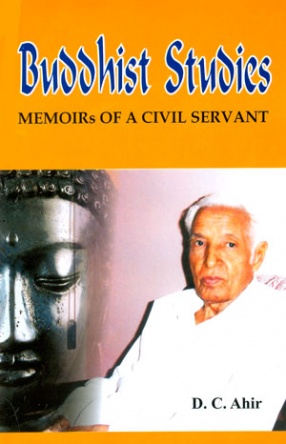
This book highlights the role of a Civil Servant, D.C. Ahir, a renowned Buddhist scholar and Author, who has made a very significant contribution to Buddhist Studies. He retired as Director to the Government of India in 1986, and since then he is fully engaged in enriching literature by unravelling the glourious past and romantic revival of Buddhism in India. Having published more than 50 books on Buddhism and allied subjects to his credit, his role is indeed ...
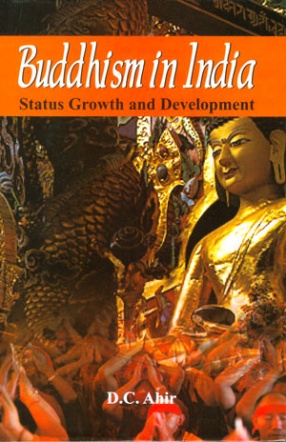
This book surveys in twelve chapters the March of Buddhism in India during the first 50 years of Independence (1947-1997). After giving decade by decade progress of the Buddhist revival movement, it analyses the contribution made by the contribution made by the Sri Lankan Monks, Monks from Myanmar, Indian Bhikkus, Dr. B.R. Ambedkar, . His Holiness Dalai Lama, Vipassana Movement and Buddhist Scholars. In the last chapter are described the important Buddha Viharas ...

Founded by Gautama the Buddha in the sixth century B.C., Buddhism spread throughout India in the third century B.C. during the regin of Asoka the Great, the first Buddhist Emperor of India. For the next 1000 years, Buddhism continued to flourish in India, and “those 1000 years were in many ways the grandest in Indian history”. Unfortunately, however, Buddhism later declined in the land of its birth. One of the main reasons for its fall and ...
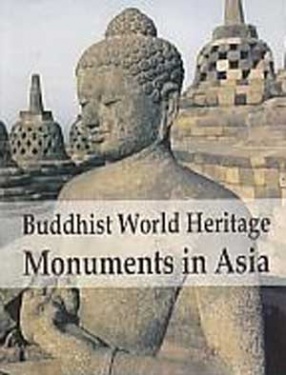
In this book are described thirty Buddhist World Heritage Sites and Monuments in Asia which have been so far listed as World Heritage Sites by UNESCO in accordance with the "Convention concerning the protection of the World Cultural and Natural Heritage" adopted by the General Conference of the UNESCO in 1972. In other world, these Buddhist Monuments are of `exceptional and universal value and protection thereof is the concern of all mankind". The ...
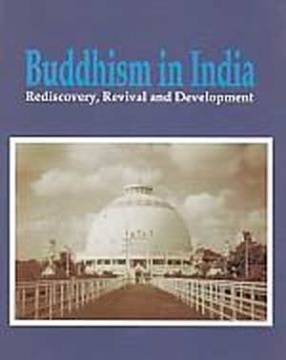
This book is designed to present a complete story of the Rise and fall of Buddhism in India, its Re-discovery, Revival and Development in modern India. The study begins with a short survey of the Rise and Fall of Buddhism in India, followed by a comprehensive survey of Rediscovery of Buddhist Sites and shrines in India. The next five chapters (3-7) probe the contribution to the Buddhist Revival Movement in India by Anagarika Dharmapala of Sri Lanka, Ven. ...
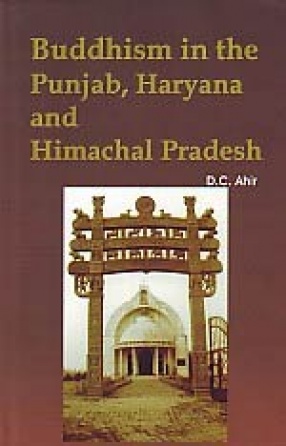
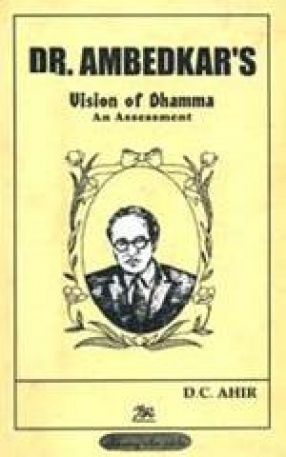
Dr. B.R. Ambedkar (1891-1956), who embraced Buddhism, alongwith half a million of his followers, on14 October 1956, has been hailed as a modern Boddhisattva. One of the duties of a Boddhisattva. One of the duties of a Bodhisattva is to re-interpret Dhamma, according to the requirements of his time, and the growing spiritual and social consciousness of humanity. Dr. Ambedkar endeavoured to accomplish this task through his monumental work, The Buddha and His ...

This book presents a historical survey of Buddhism through the ages in the modern states of Punjab, Haryana, Delhi and Himachal Pradesh in India, and West Punjab, Sind and North West Frontier Provinces in Pakistan. In other words, it covers the area from Delhi to Peshawar. Buddhism came to the ancient Punjab - Gandhara region through the Buddha himself, and gained a good hold within 300 years of the Mahaparinirvana of the Buddha. Thereafter, for more than 1000 ...
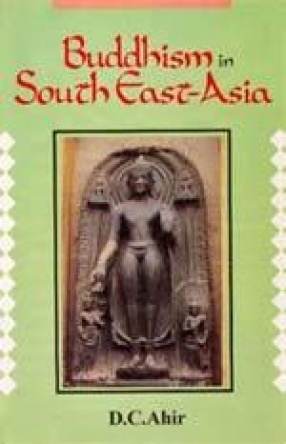
Born in India in the sixth century B.C., Buddhism began spreading in the neighbouring countries in the third century B.C. as a result of the efforts of Asoka, the first Emperor of India, and soon it became a major faith in practically the whole of South-East Asia. In this book is presented for the first time a comprehensive survey of the Buddhist influence on Asian culture and civilization. The presentation has been divided into four sections. These are : I. ...
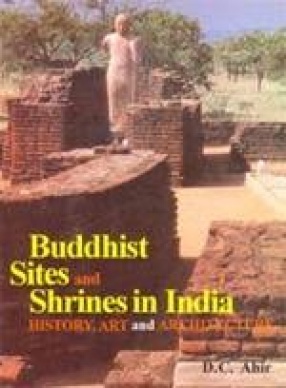
This book is the first of its kind which gives complete information on the history, art & architecture of more than 250 Buddhist sites and shrines in India. The presentation is state-wise, covering 25 modern states, in alphabetical order, from Andhra Pradesh to West Bengal. The most sacred shrines, sanctified by the Buddha, are in Bihar and Uttar Pradesh. There other states where the Best Buddhist heritage has survived are – Andhra Pradesh, Madhya Pradesh ...

The late Dr. Lal Mani Joshi (1935-1984) was an eminent Buddhist scholar. He has authored many books and contributed articles to various journals. The present books contains his selected articles published in scholarly journals in India and abroad. They deals with Life and Times of the Madhyamika Philosopher Nagarjuna; Modernity of Buddha’s Gospel; True Buddhism; Buddhist Principle of Non-Egoity; Aspects of Buddhism in Ancient Indian Culture; The Concept of ...

The main theme of this book Buddhism and Ambedkar is to prove that Babasaheb Dr. B.R. Ambedkar (1891-1956), was essentially a religious man; he lived his life in accordance with the teachings of the Buddha, and had those qualities and virtues which are necessary for the career of a Bodhisattva. The author enunciates the characters and virtues of a Bodhisattva and points out with examples that Dr. Ambedkar had these qualities and virtues. He has marshaled ...
